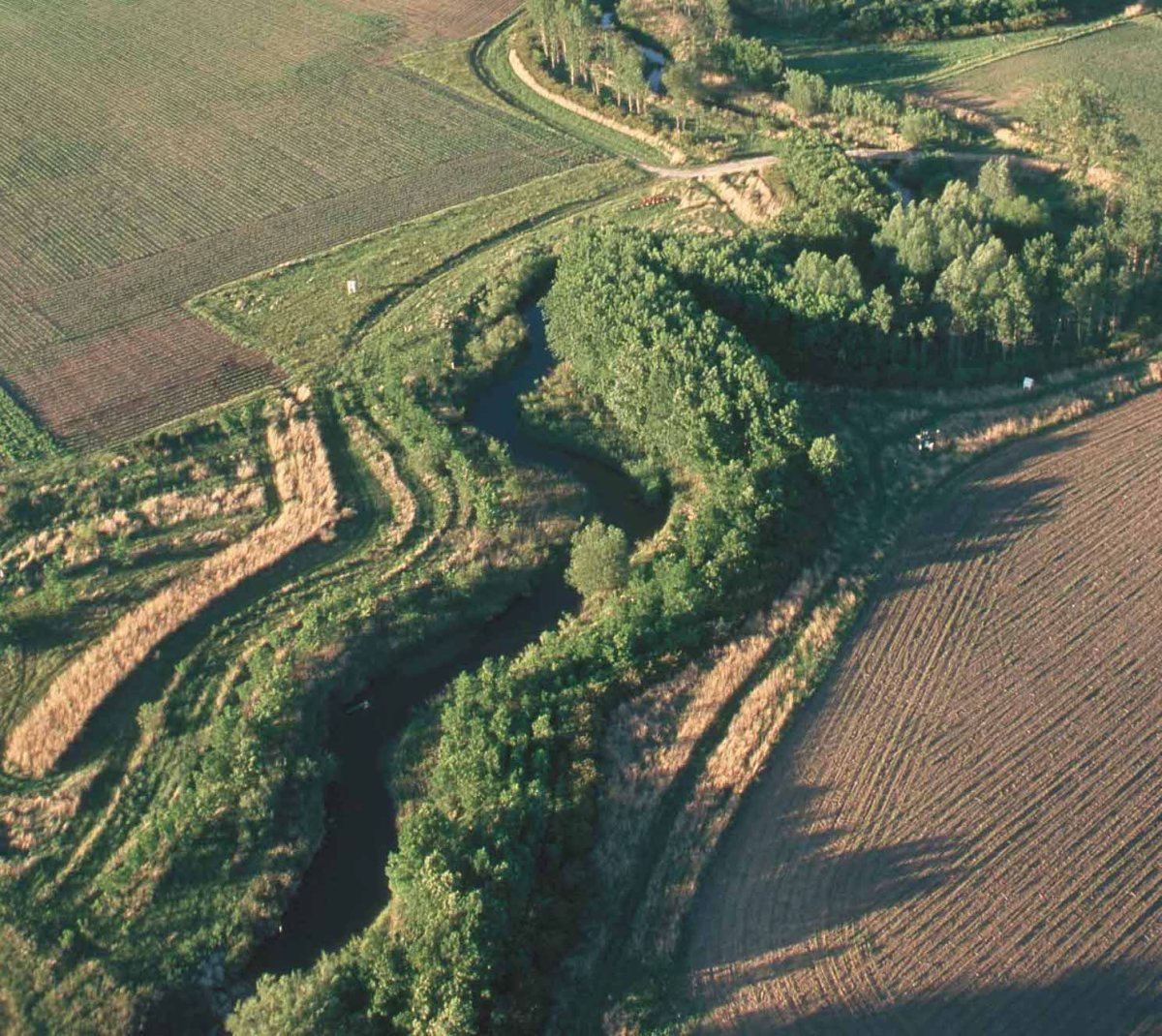Riparian Agriculture. The united states department of agriculture (usda) has conservation programs that help pennsylvania farmers with reducing soil erosion, improving water quality, reducing flood damage, among others. • filter sediment from agricultural land runoff.

This field workbook and associated factsheets also represent a first commitment on the part of the agriculture community to develop an alternative assessment Sediment in the waterway damages aquatic habitat; Figure 1 — benefits that a riparian buffer can provide.
A Riparian Forest Buffer Is An Area Adjacent To A Stream, Lake, Or Wetland That Contains A Combination Of Trees, Shrubs, And/Or Other Perennial Plants And Is Managed Differently From The Surrounding Landscape, Primarily To Provide Conservation Benefits.
Riparian plant composition, habitat structure, and productivity are determined by the timing, duration, and extent of flooding. Clear esg objectives are embedded in our investment approach and processes. If using provincial crown lands for grazing purposes, ensure you adhere to the grazing lease stewardship code of practice.
• Stabilize Eroding Banks Problem:
Caring for your riparian areas as an agricultural producer will benefit both your farm and the natural resources on your property. Sediment in the waterway damages aquatic habitat; This is especially true for those animals that have lost habitats due to agricultural land being put out of production.
Fencing Of Riparian Vegetation Not Only Prevents Direct Pollution From Animal Faeces And Damage To Vegetation And Banks From Trampling, But Also Intercepts Microbial Contaminants And.
Riparian capital partners (‘rcp’) is a specialist water, agriculture and food investment firm. Sustainable agriculture requires that soil and water quality be maintained. Riparian zones for agriculture, roads, railways, and residential properties along bodies of water have reduced or eliminated the natural functions of these areas.
However, As With Agricultural Crops, Riparian Plantings Require Adequate Light, Moisture And Nutrients And Freedom From Competition To Thrive.
A riparian management zone usually extends from the water's edge to the upland area. Swift (1984) found that riparian area has been reduced by more than 66% by development, with more than an 80% reduction in riparian vegetation in arid. The united states department of agriculture (usda) has conservation programs that help pennsylvania farmers with reducing soil erosion, improving water quality, reducing flood damage, among others.
Riparian Zones Are Considered To Be An Important Aspect Of The Agricultural Landscape As They Can Reduce.
Some beneficial management practices for agricultural producers include: Riparian is also the proper nomenclature for one of the terrestrial biomes of the earth. • filter sediment from agricultural land runoff.